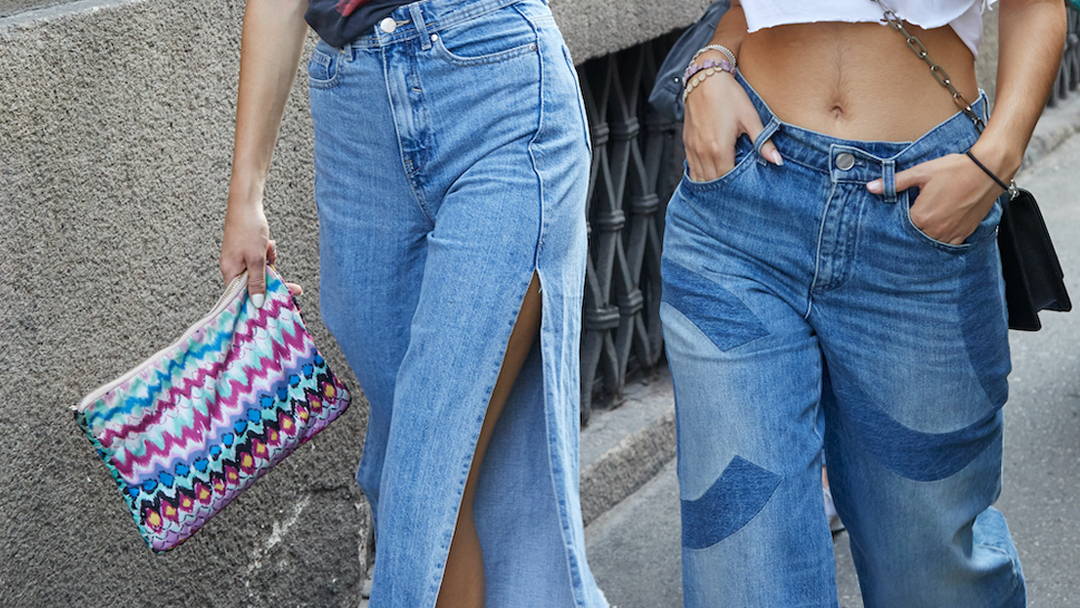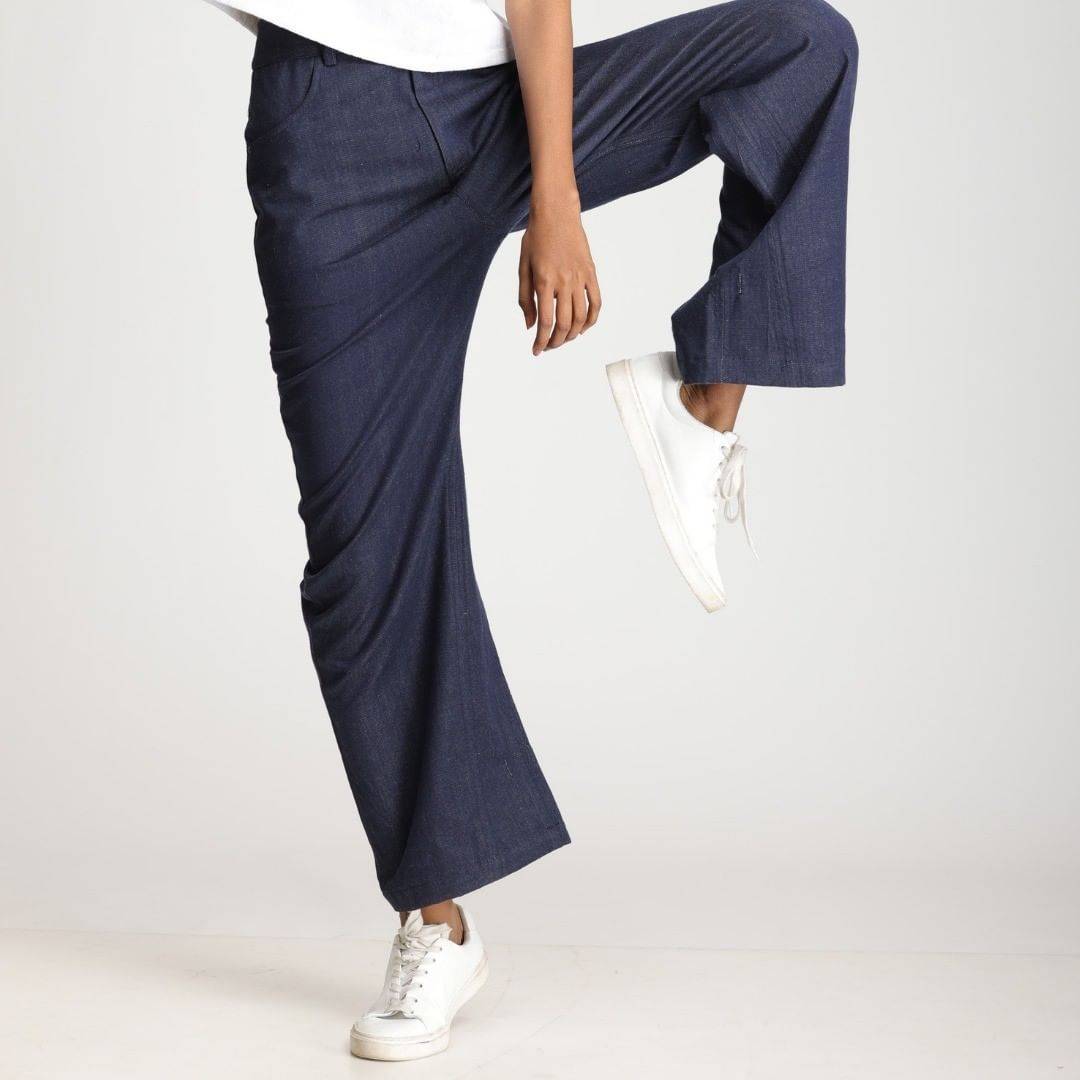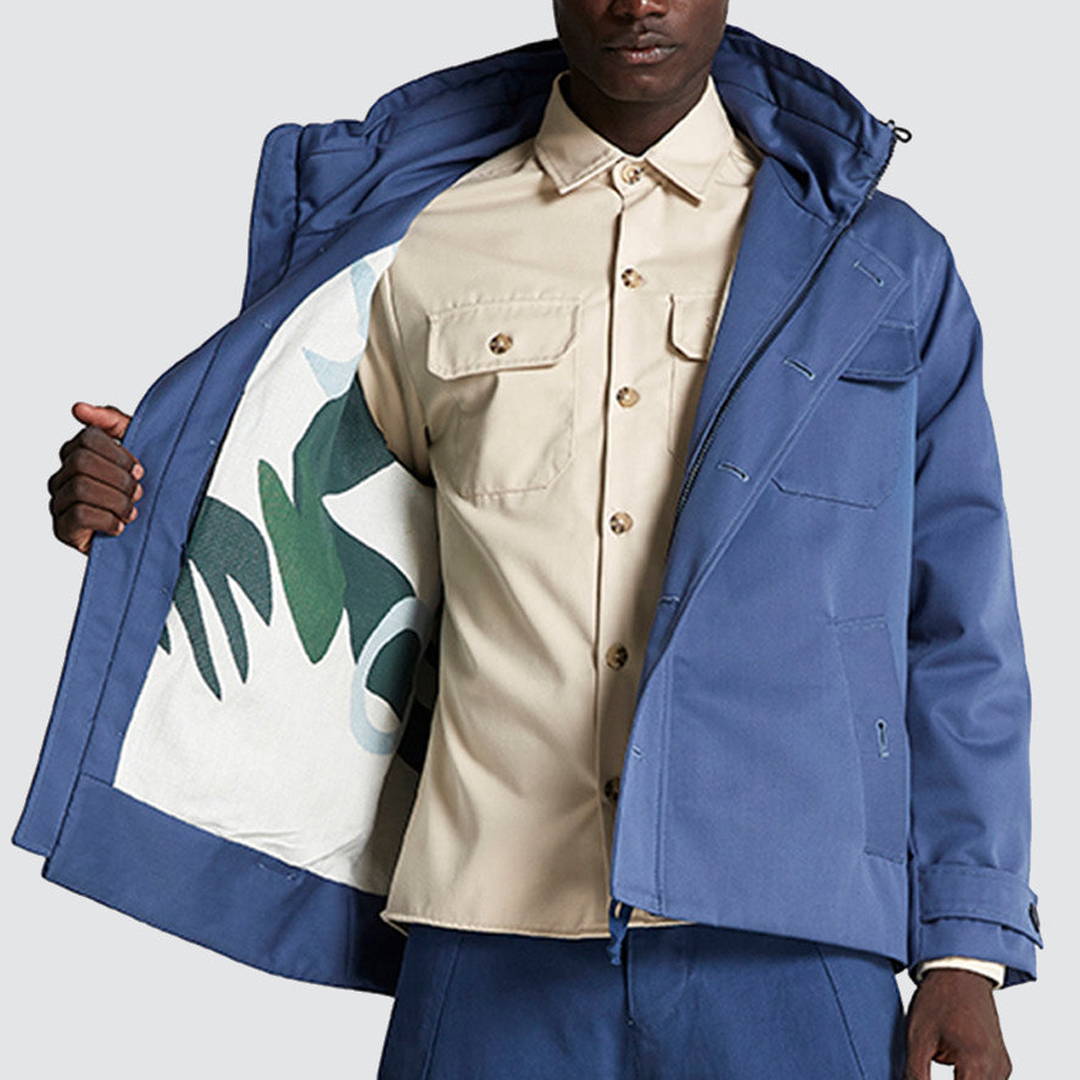
What’s the Deal with Denim?
And why we think denim should be done differently
By Renee Fortune
This 100% cotton classic pair of denim jeans can be recycled or shredded at the end of its lifespace. The hardware detailing on these jeans is nickel-free and created by means of a water-efficient, non-polish process that affords it with a matte finish. The garment also includes a spool of deep tobacco recycled thread which can be used to customise the length of the leg to the desired length. It’s sustainable, down to the last thread. And we’re here for it.
TED - True-Waist Denim | denzilpatrick
This figure-accommodating pair of denims is handwoven from naturally dyed cotton that involves only natural processes. As a brand, Studio Maatie hopes to inspire the global community of consumers to pause and think about how their fashion choices impact the environment and the people who produce it. To this end, the brand uses processes that have been passed down generations, from block printing to the ancient art of shibori (resist dyeing) and eco-printing which makes use of the colours that come from petals and leaves. When it comes to denim, it doesn’t get any greener.
Free You Denim Pants | Studio Maatie
Flip your collar like a trendsetter with this jacket by FIELDS. The cotton that is used to make this jacket is sourced from the Better Cotton Initiative (BCI) - an organisation that is dedicated to transforming the cotton industry. The BCI is on a mission to help the communities who harvest and create cotton to thrive in working environments that are governed by the principles of social justice and fairness. Its goal is to develop an industry that is better for smallholders, larger growing environments, farm workers, their communities and civil society.
The Field Jacket | Dark Denim by Kim Van Vuuren | FIELDS













